#herpetofauna
Text
What a DORK❗️

#now this is a real silly fella#Bahia's broad-snout casque-headed tree frog#Nyctimantis arapapa#sillyposting#if ya like this post you should check out the stuff I put actual effort into lol#frogs#herpetology#herptiblr#herpetofauna#herptiles#amphibians#amphiblr
10K notes
·
View notes
Text
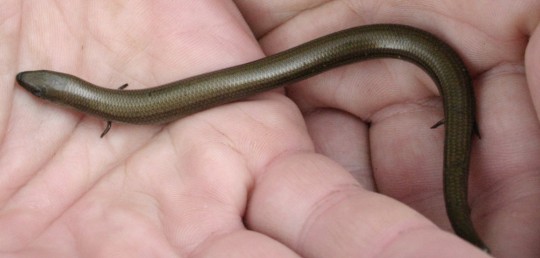
Italian Three-Toed Skink (Chalcides chalcides)
Family: Skink Family (Scincidae)
IUCN Conservation Status: Least Concern
Like several other species of lizard, the Italian Three-Toed Skink has adapted to move through areas covered with dense vegetation by developing an elongated, flexible, snake-like body with highly regressed limbs, although unlike many other "snake-like lizards" members of this species still possess four tiny limbs, each ending in a stumpy three-toed foot. Said limbs are far too small to support the skink's weight and serve no role in movement (which is achieved through an elegant snake-like slithering motion,) which has led many to question what purpose, if any, they serve; it is generally assumed that the limbs are vestigial and that, given sufficient time, the descendants of modern Italian Three-Toed Skinks will lose them entirely, although some herpetologists and evolutionary biologists have suggested that the continued existence of this species' limbs suggests that they must serve some function, such as being moved as part of a courtship display or allowing mating individuals to hold onto one another (although as these behaviours have never been observed these suggestions are entirely speculative.) Found in damp, well-vegetated areas across most of mainland Italy as well as Tunisia, Algeria, Libya and the nearby island of Sardinia, members of this species are diurnal, feed mainly on insects and breed during the spring; like most skinks, females of this species give birth to live young, with newborns, which resemble miniature adults, being independent immediately after birth.
--------------------------------------------------------------------------
Image Source: https://www.inaturalist.org/taxa/53646-Chalcides-chalcides
#Italian Three-Toed Skink#skink#skinks#animal#animals#zoology#biology#herpetology#herpetofauna#wildlife#european wildlife#african wildlife#reptile#reptiles#lizard#lizards#squamata#squamates
878 notes
·
View notes
Text

Vancleavea campi at the bottom of a river.
An extrange semi-aquatic non-archosaurian archosauriform from the Late Triassic of North America.
#zoology#animals#reptiles#paleoart#nature#art#wildlife#triassic#herpetofauna#fauna#animalia#paleontology
465 notes
·
View notes
Text
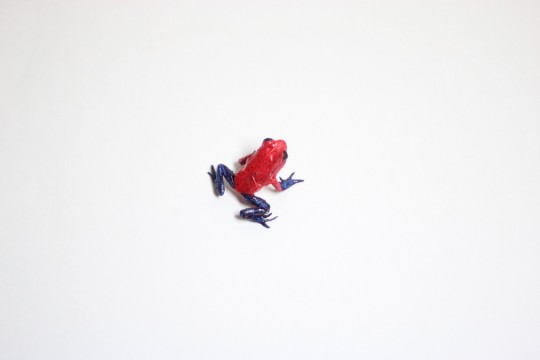
Origami Oophaga pumilio, blue jeans poison dart frog
. Folded by me with a single square of tissue psper

#frog#art#artists on tumblr#origamiart#paper folding#origami#animal#Fauna#Wildlife#Wild#America#Selva#Jungla#Jungle#Poison#Dartfrog#herpetology#Herpetofauna
181 notes
·
View notes
Text
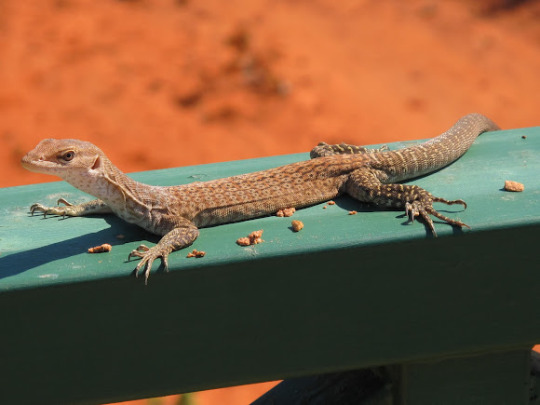
🦎 Freckled Monitor - Varanus tristis
📷 Aurel Ravoux
#daily lizard#lizards#reptiles#herpetofauna#herpetology#varanidae#varanus tristis#freckled monitor#monitor lizard
469 notes
·
View notes
Text




Stinkpot Turtle (Sternotherus odoratus) caught and released for a turtle study in a local bayou
Edit: For those curious, this species does have a unique smell. I wouldn’t say it’s awful, but it is strong. In my opinion, it smells like the overpriced soap you can find in any Earthbound Trading Co. It’s a musky/earthy smell.
Another notable thing about this species is its attitude. Stinkpots are very feisty when handled. Most turtles fight being handled, but Stinkpots are known for putting up an unexpectedly big fight for such teeny turtles. This attitude is one of my favorite things about them.
#goblincore#zoology academia#turtle#turtles#reptiles#herpetofauna#herpetology#herpblr#green academia#cozycore#warmcore#baby#goblin#animals#Wildlife#biology#biology academia#stem academia#science academia#green aesthetic#greencore
170 notes
·
View notes
Text
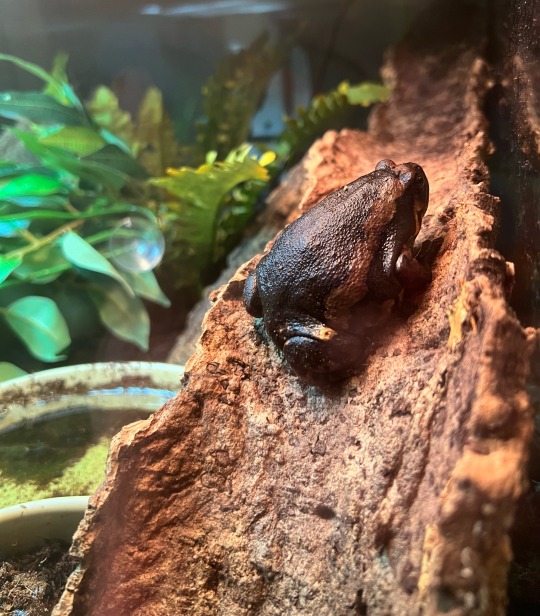
Who said potatoes can’t climb
35 notes
·
View notes
Text
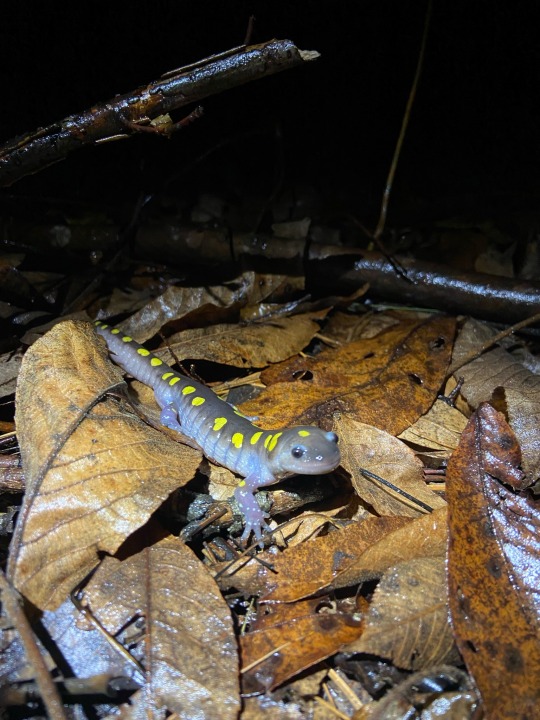
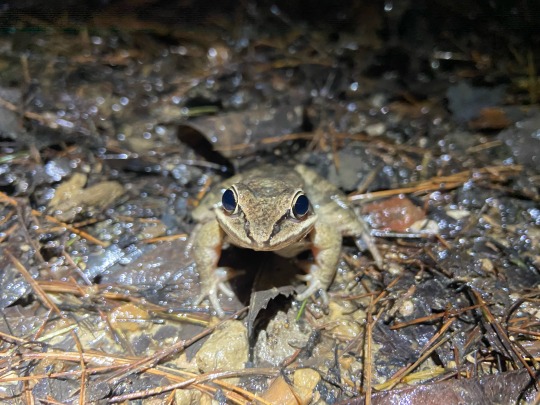


Clockwise from top left: spotted salamander, wood frog, Jefferson salamander, red spotted newt
#herping#herpetology#herpetofauna#amphibian#amphibia#amphibians#salamander#mole salamanders#salamanders#spotted salamander#Jefferson salamander#wood frog#frogs#frog#mosscore#dirtcore#gfdelmar og#ecology#zoology#nature#creepy crawlies#critters#just a little fella
202 notes
·
View notes
Text
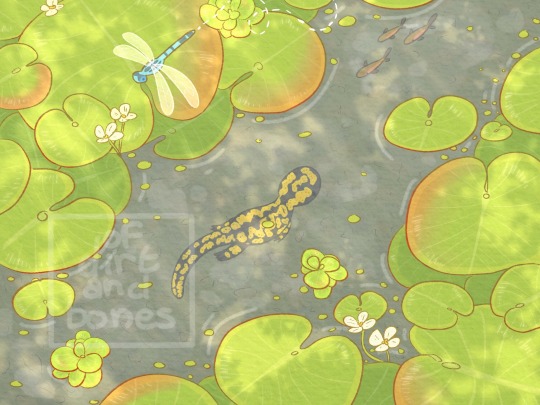
A peaceful little salamander
Reblog don’t repost
#illustration#illustrator#animal art#herpetofauna#herpetology#spotted salamander#salamander illustration#amphibians#animal artist#goblincore#gremlincore#naturecore#forestcore#cottagecore#adventurecore#nature illustration#plant illustration#aquatic plant#fish illustration#bugs#insects#insect illustration
356 notes
·
View notes
Text
yes, I know wikipedia says "reptilia" is a subset of sauropsida, but that is hardly a consensus/universal agreement. Plus, this is a silly tumblr poll, and I enjoy silliness. (Including an option does not mean I endorse it).
Some pros and cons are below. don't worry, I plan on doing this for other holdover linnean names folks can't let go of - fish, amphibian, bird, mammal, bug...
Pro to Reptiliomorpha: no way you're leaving anything out
Con to Reptiliomorpha:
Pro to Amniota: "mammal-like reptile" stays
Con to Amniota: it is absolute madness to consider mammals reptiles, that is such a deep divergence
Pro to Sauropsida: mammals are left out, as are all synapsids, but most things called reptiles stay in (as do birds)
Con to Sauropsida: people will still call Dimetrodon a reptile and we will never know peace
Pro to Eureptilia: excluding parareptiles which are just weird enough that you could do it
Con to Eureptilia: it's somewhat arbitrary and excludes a bunch of things we'd call reptiles today
Pro to Diapsida: being a diapsid is usually considered a major feature of reptiles, esp now we know turtles evolved from diapsids
Con to Diapsida: it's somewhat arbitrary and excludes a bunch of things we'd call reptiles today
Pro to Sauria: crown group of living reptiles
Con to Sauria: ichthyosaurs (maybe) & a bunch of other reptile like things are excluded
Pro to Lepidosauromorpha: birds aren't called reptiles
Con to Lepidosauromorpha: crocodiles, turtles, pterosaurs, nonavian dinosaurs, and many more aren't reptiles
#reptiles#palaeoblr#taxonomy#animals#herpetofauna#I do this to sow chaos#and wait for my beta readers to get back on chapter one#and avoid doing my research#don't tell my advisor
134 notes
·
View notes
Text

Serenity
Yacare Caiman with an unidentified butterfly atop its head (Caiman yacare)
Photo Credit
#Yacare Caiman#Caiman yacare#crocodillian#caiman#herpetology#herpetofauna#herptiles#herptiblr#reptiles#reptiblr#wildlife#wildlife photography#I rlly like this picture
193 notes
·
View notes
Text
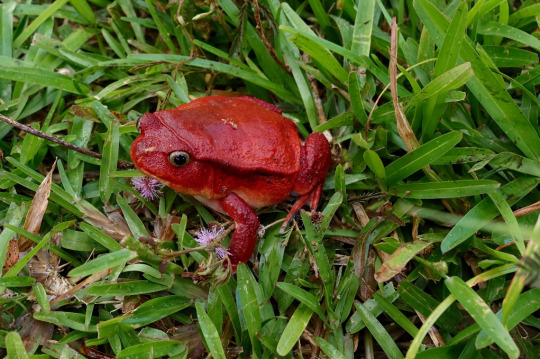
Tomato Frog (Dyscophus antongilii)
Family: Narrowmouth Frog Family (Microhylidae)
IUCN Conservation Status: Least Concern
Named for their rotund red bodies, Tomato Frogs are endemic to Madagascar where they are mostly found in wet, well-vegetated environments in the northeast. Spending the day buried beneath damp soil or leaf litter to avoid predation and dehydration, members of this species emerge at night to hunt for beetles, flies and other terrestrial arthropods, and respond to threats from nocturnal predators by inflating their bodies to appear larger and secreting a thick, sticky and mildly irritative substance from their skin, making them difficult for predators to bite or grab. Tomato Frogs breed following periods of heavy rainfall, and like almost all frogs they lay their eggs in water; males, which are smaller and paler than females, gather around suitable ponds or slow-moving rivers and streams during the night and produce low, quiet, grumbling calls, competing for the attention of females. If a female selects a male she will allow him to cling to her back and will carry him around for an extended period as she lays over 1,000 soft, transparent eggs which he fertilizes externally. Shortly after fertilization the eggs hatch into tiny, limbless, fully aquatic tadpoles that gradually develop limbs and lungs over the course of several months - after transitioning to life on land young Tomato Frogs are initially dull brown or pale yellow, gradually developing a redder colouration until they reach full maturity at 2-3 years of age.
------------------------------------------------
Image Source: Here
#tomato frog#Tomato Frog#frog#frogs#amphibian#amphibians#zoology#biology#herpetology#wildlife#African wildlife#herpetofauna
171 notes
·
View notes
Text

I have button badges coming to my shop soon! These are the two designs I have coming, but if people enjoy the button badges I’ll be working on more! 🥰
Send Newts featuring an alpine newt. Sillymander featuring a blue spotted salamander!
You can go see what other goodies I have on my Etsy
#newt#salamander#amphibian#button badges#artists on tumblr#digital art#squishyfauna#herpetology#herpetofauna
32 notes
·
View notes
Text
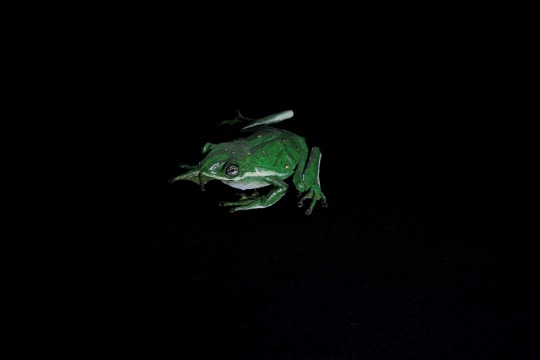
Origami american green tree frog (dryopytes cinereus). Folded by me using a square of unryu paper. I just repainted this model with oils.
#origami#paper folding#art#artists on tumblr#origamiart#animal#tree frog#frog#frog art#cute frogs#i love frogs#frogs and toads#frogs#green tree frogs#herpetofauna#herpetology#animals#animal art#reptile#amphibia#amphibious#paper sculpture#paper art#texture#oils#painting#oil painting#new year 2024
79 notes
·
View notes
Text
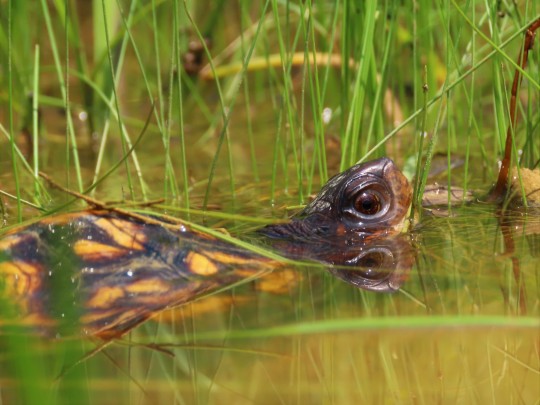
Soaking away the dog days, Terrapene carolina carolina, Eastern Box Turtle
55 notes
·
View notes
Text
Studying my little babies
They are in the tadpole phase 30

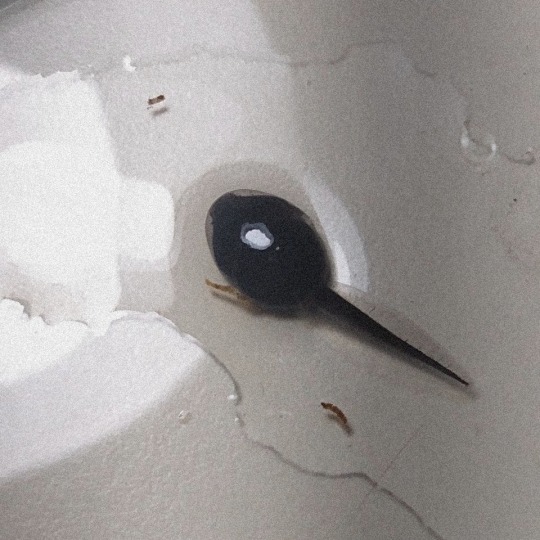

#brazil#latin america#biology#science#zoology#tree frog#frogblr#frogs#frog#toads#toad#frogs and toads#herpetofauna#herpetology#sapo#girino#teadpole#studyblr#study aesthetic#biologia#zoologia#sapos#biology academia#herpetologia#anuros#animals
41 notes
·
View notes